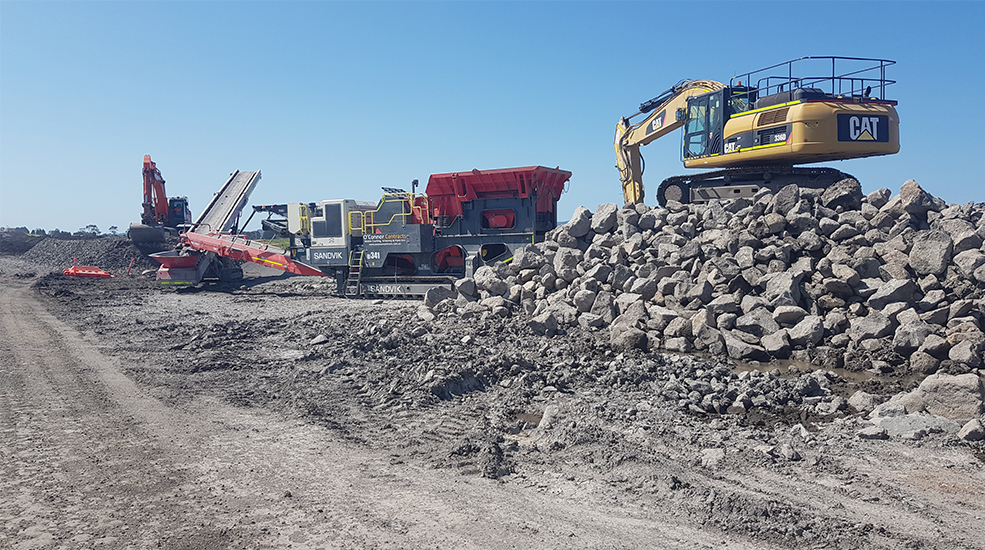Sometimes the best examples of sustainability come from the simplest of ideas.
Our water business, in conjunction with joint venture partner Jaydo, has been busy building the nine-kilometre Lockerbie Main Sewer (LMS) pipeline, since last year, on behalf of Yarra Valley Water.
The LMS is the next major stage of the $400m investment in water and sewerage infrastructure made to service the growing population in Melbourne's Northern Growth Corridor.
With an ongoing focus on taking a sustainable approach to our work, the team has been able to save more than 30 tonnes in carbon dioxide equivalents (CO2e), simply by utilising material that was a byproduct of construction.

